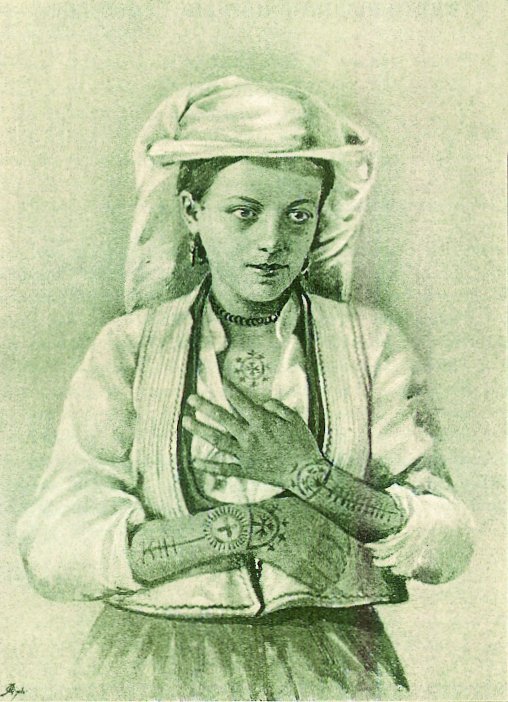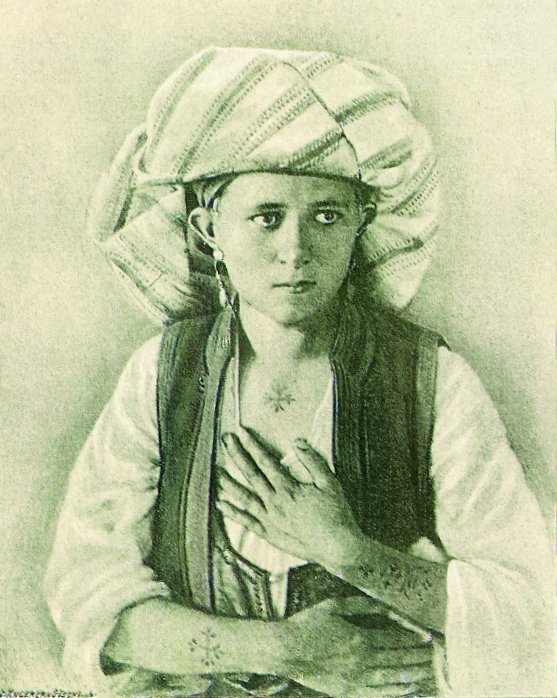John Wilkes produced a very informative book about the Illyrians, and his work is considered authorative for Illyrian studies. It is considered to be one of the most in depth descriptions of this ancient people. I will post excerpts gradually, here are some to begin with:


The southern-limit starts on the coast of central Albania and passes inland to Yugoslavia (**Note: book was written during Yugoslav state existence) to include the Lakeland, the Skopje basin and the Kosovo-Metohija region. Then it turns north to follow a line west of the river Morava to the vicinity of Belgrade on the Danube. On the north the Sava and Drava valleys are included along with an area north of the latter extending in the direction of Lake Balaton in western Hungary. From there the limit passes southwestwards, skirting the southeast Alps, to meet the Adriatic in Istria. Finally, the ancient districts of Calabria and Apulia in southeast Italy are included.
Along the eastern margins of the Illyrians there is a broad area of intermingling or 'contact zone' between names of Illyrian and Thracian origin, running from the Danube below Belgrade down the west of the Morava valley to the Vardar and the northern border of Macedonia. The number of recorded native names in this area is not large. Those of Illyrian and Thracian origins occur together in the mining area of Mount Kosmaj south of Belgrade and there is another group of names from the Metohija area of Dardania. Native names of Roman soldiers recruited in the second century ad from Scupi (Skopje) in the south and Ratiaria (Archar) on the Danube include a few names of Pannonian Illyrian origin, for example, Dassius and Andio, but familiar Thracian names, Bitus, Sinna, Dolens, Drigissa, Mucco, Auluzon, Mucatral and Daizo, are in the majority.

















Comment